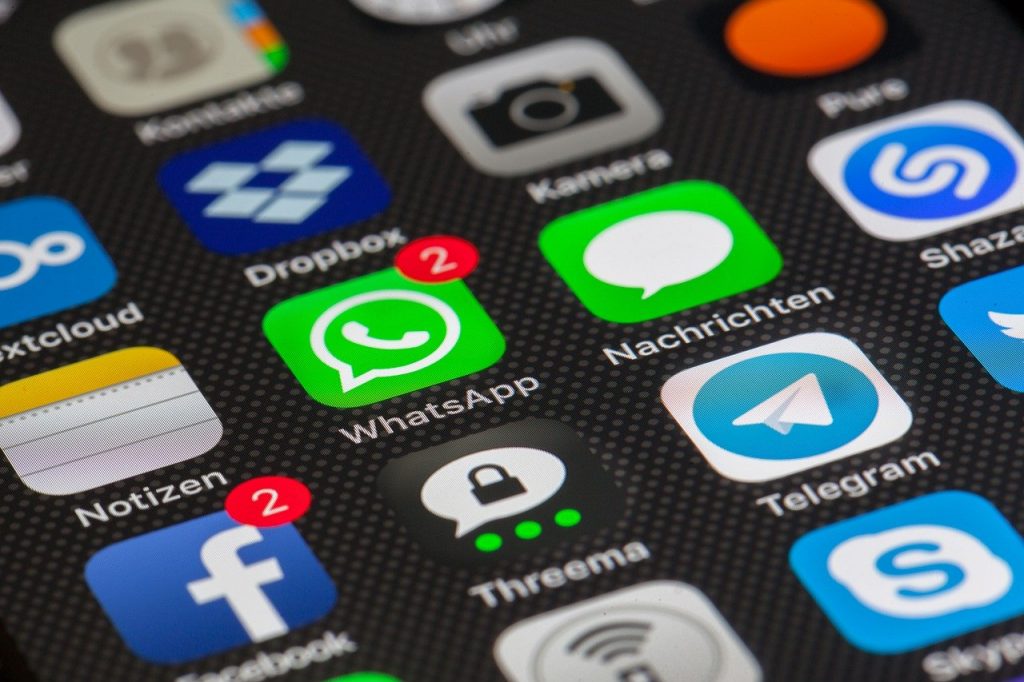With the sea of apps on the average persons’ phone, it’s easy for your app to get lost in the mess. Once your app gets stored away into a folder, chances are the consumer will forget about it and your service becomes useless.
If you’re intent is for your app to be used and for the service you offer to be recognized, you’ll need a way to notify them of changes and messages within the app.
If the information you’re delivering is useful and you need for users to see it, push notifications will help alert them.

But what exactly are push notifications? If you’ve ever used an Apple or an Android phone, you’ve received alerts on your lock screen from apps that you have downloaded. These can be alerts telling you that you have a message waiting to be read or giving you the daily news.
These alerts are push notifications that the app has sent out. Having push notifications in your app can be beneficial to both the developer and the user.
It can be difficult to implement push notifications in the iOS app development process. It’s a complex procedure that has to be done on your end, and many developers don’t quite know-how. We’ve compiled a list of tips that will make the process of adding push notifications simpler and more achievable by you and your team.
It can also be quite beneficial to utilize badge notifications to remind users that they have a message to read.
Why Add Push Notifications?
Depending on the service your app offers, push notifications could be vital to the life and success of your business. For blogging and news apps, they receive a certain percentage based on the number of clicks and views they attain.
If you’re a blogging app, you’ll want attention and traffic in order to build your audience. For apps like these, push notifications alert your users to updates and new articles to read. Without the notification, your app could get lost with the rest.
Important updates can be sent to users who have enabled push notifications which will alert them to news about your service and remind them of your existence.
This interaction will allow users to help users to remember your app and place a value on the information you provide them. There’s a fine line, however with push notifications. If you send out too many, your users could get annoyed and turn them off, relegating your app to simply background noise on their phone.
How to Add the Push Notifications
The process of adding push notifications to your app comes up when you begin to implement the iOS operating system. Before you’re able to send out push notifications, you’ll have to work with the iOS to enable them and design the format in which you’ll be looking to send them out.
First off, the iOS will request a device token from the Apple Push Notification Services.
Once you agree to their conditions, the app will receive a token which acts as an address to which you can send the notifications. This token will then be sent to your server from the device.
Each time you’re ready to send out a push notification, after you’ve designed it and typed out what it will say, the server will send out the device token to the Apple Push Notification Services. They will then send out the notification to the user’s device, alerting them of what you wished to send them.
The process of sending out a push notification is handled automatically once you have the proper coding and software implemented in your app. Many developers have started using pre-made programs that enable you to easily implement this push notification capability.
One such software, Firebase Cloud Messaging, seems to be rather popular among the industry at the moment. These programs will implement the necessary coding your app needs to send out notifications.
Benefits of Lingering Notifications
Push notifications are not the only form of a reminder that your app can send out. Once someone swipes away your push notification, your app returns to square one and is once again forgotten about until the next notification. One way that systems like iOS are helping developers avoid that continued issue is through badge notifications which will linger on the app until the user opens the app to check the messages.
These badges are the little red numbers that appear on the app icon on the home screen of the phone. The more messages that build up, the more numbers in the badge.
These little red icons will prompt the user to open the app and read the messages you have sent out. By utilizing badges, you’re promoting your users to interact with your app and allowing them to experience the benefits your app has to offer.
Depending on the operating system, notifications might require permission before they can be used. This is true for iOS, but not for Android. In order to prompt your users to allow notifications, you’ll need to create a text box that pops up when they first open the app, asking for their permission. This will act as your sales pitch in a way, as most users won’t want to enable your notifications. Offer them a reason to allow pushes and get the notifications rolling.
Finding a Dependable Development Company
When developing an app for commercial use, it can be beneficial to search for a dependable software development company to outsource your work to. Finding the right company can be difficult as there are countless options available – you’ll want a company that utilizes the latest tech and grants you access throughout the process for input and requests.
If you’re looking for an app development company, be sure to hire one that understands how to implement push notifications for your users. The benefit that comes from push notifications is great and often necessary for the success of your business or service.


